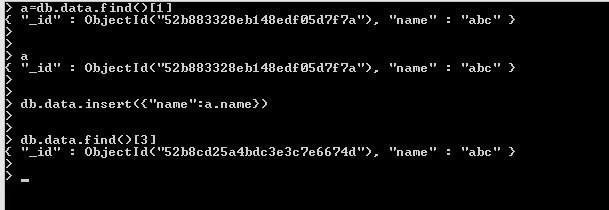How to delete one OS from Dual Boot Partition
ALWAYS BACKUPS YOUR FILES.
If you are using Windows, then go through the following steps:-
Click Windows+R
Type cmd
In cmd type diskmgmt
Select the partition you created for the Windows you want to remove. Example:- If you want to remove Windows 8 then, check which local drive have windows 8 installed
Right click over that partition and click 'Format'
A Warning dialog will pop up, click OK to continue.
Inside the dialog,select NTFS as the File System option
The formatting process will now begin.
Once complete, the drive will be displayed as a ‘Logical Drive’ in Disk Management.
Right click the ‘Logical Drive’ in Disk Management, on the contextual menu, click the ‘Delete Volume’ option. Click ‘Yes’ when the warning dialog pops up.
The Volume you deleted will now appear as ‘Free space’.
Right click it and delete the volume.
The volume will become Unallocated.
Then merge up that uncallocated area by clicking on any other partition, right clicking it, and then click on extend volume.
This unallocated volume will merge up with the 2nd partition you chose.







